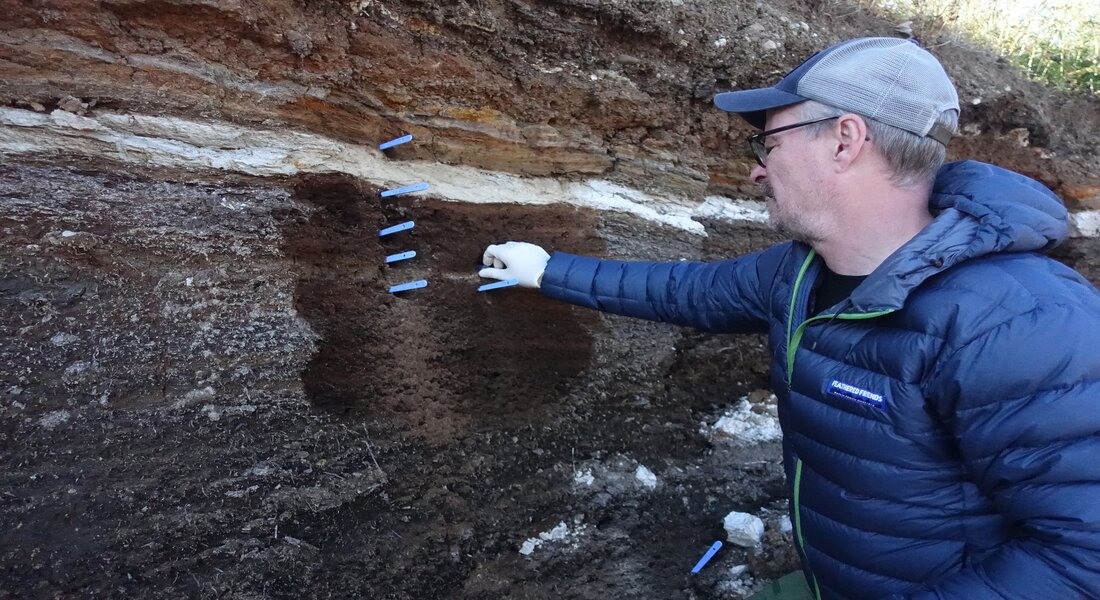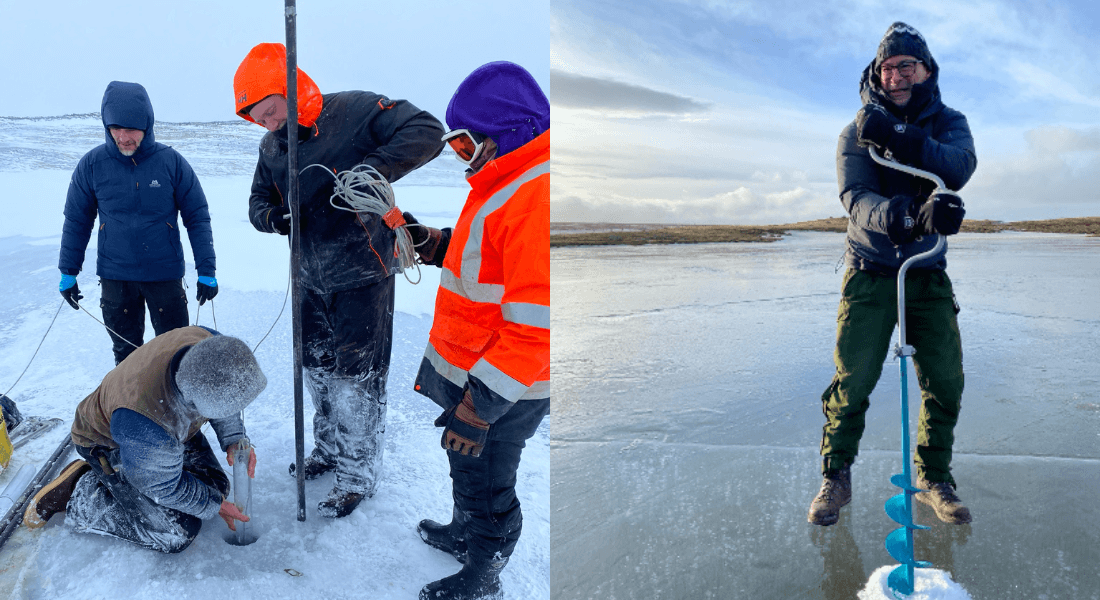Eske Willerslev's latest book chronicles key collaboration with ROCS
The collaboration between Eske Willerslev and ROCS, as detailed in the chapter "En gave til dronningen” (A Gift for the Queen) from Willerslev's book "Jagten på verdens ældste DNA" (The Hunt for the World's Oldest DNA), marks a pivotal advancement for ROCS in leveraging environmental DNA analysis.

This partnership, specifically through the involvement of ROCS's principal investigator, Professor Katherine Richardson, as well as a team of Danish and Icelandic researchers, has significantly deepened the research capabilities of the group. The ROCS team's and collaborators' expertise has been essential in overseeing the intricate processes of extracting and analyzing DNA from various Icelandic environments. Research at ROCS follows Richardson's global perspective on climate challenges, which, as Willerslev explains in this chapter, underscores the need for a holistic approach to understanding ecological impacts. This project underscores Iceland's unique position in climate change research and exemplifies the integration of cutting-edge genetic technology with traditional earth sciences.
In this chapter, Willerslev notes how ROCS’s overarching focus on Earth System Science greatly enhances the project's scope, applying environmental DNA analysis to unravel the historical and ongoing effects of climate change on Iceland’s marine and terrestrial environments. One of the innovative approaches applied at ROCS is extracting DNA from sea and lake cores to map the extensive and dynamic biological shifts that coincide with climatic fluctuations.
Willerslev, who is himself no stranger to fieldwork in harsh conditions, recounts a field trip in Iceland with a team of researchers from ROCS and the University of Iceland. The trip's goal is to core a lake, one of more than 50 lakes sampled at ROCS. Willerslev speaks about the rigorous demands of fieldwork and its impact on lab results, believing that firsthand experience in the field fosters a deeper appreciation and understanding among scientists, bridging the gap between raw data collection and analytical science in the lab. He describes the Icelandic team of scientists: “We work together with some of the local Icelandic geologists and biologists, who are a tougher breed than most other researchers I know—almost a mix of researchers and craftsmen. They are weather-beaten and strong, and you get the feeling that nothing in the world can stop them.” It is clear from Willerslev’s account that, be it on a lake or at sea, coring not only exemplifies one of the practical and demanding aspects of the research but also illustrates the collaborative spirit necessary to undertake such a comprehensive study and to understand our world's ecological heritage and its future.
In his book, Willerslev details his collaboration with ROCS in Iceland not merely as a scientific endeavour but as a transformative one. He argues that it has the potential to revolutionize our understanding of Iceland's environmental and biological history, potentially making it the first nation to have its complete history sequenced—from the post-Ice Age period to the present. This ambitious goal involves significantly expanding the number of sample sites, propelled by funding and technological support from entities like Illumina, which provided essential sequencing components. This transformative potential of our research is not just a scientific achievement but a testament to the power of collaboration in addressing global challenges.

